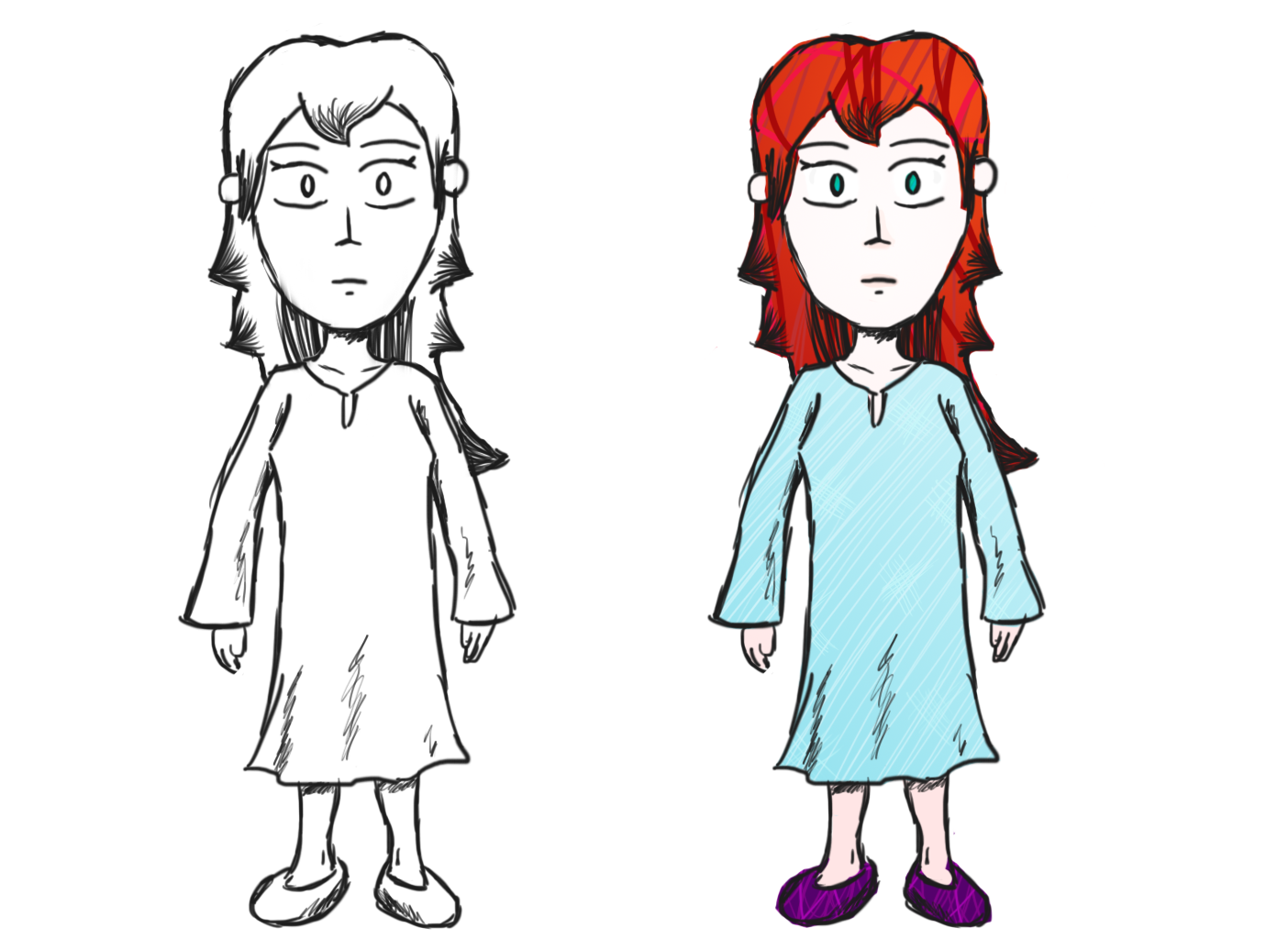I haven’t made a post in a long time. Don’t worry, I’m not dead. I’m just really focused on development for “Drew and the Floating Labyrinth,” my hand-drawn 3D puzzle platformer, the first true hand-drawn 3D game of its kind. So a lack of posts this month is a good thing.
I actually spent most of this month still working on “Drew” ‘s animation. I was hoping I was mostly done in May, but part of the game is that you slowly regain Drew’s color as you progress through the levels. I’m talking adding color to each PNG file one at a time, now giving me over 8,000 unique PNG textures (please stop laughing). It’s a shame it took so long, especially since I still haven’t animated a planned idle animation for her, and I still haven’t animated a second “guide” character planned. But I have done more than enough to at least focus on the levels, which I should really focus on this week, just to see if it’s still possible for me to finish this for an August release (I still think it’s possible, but I’m really cutting it close).


